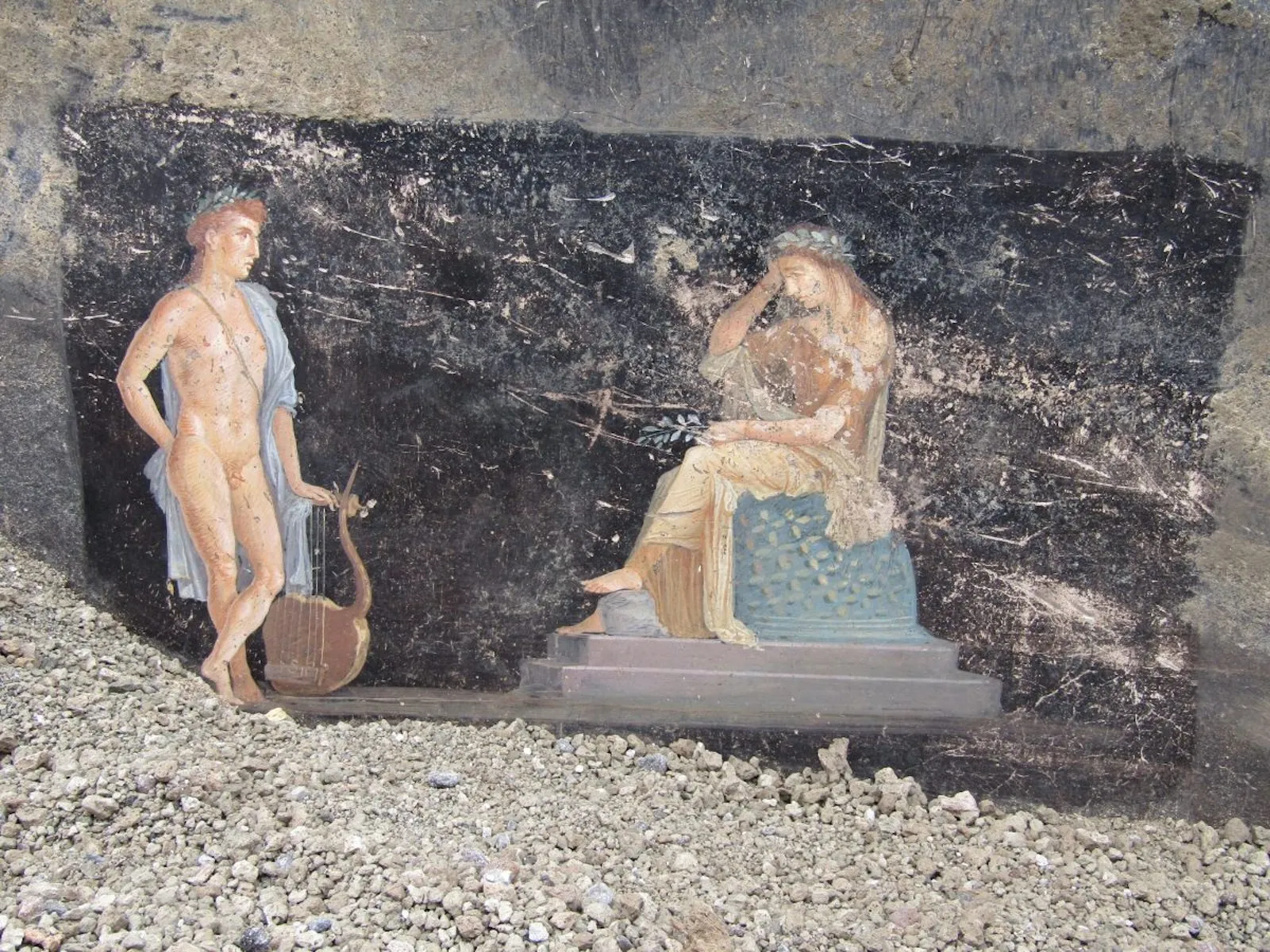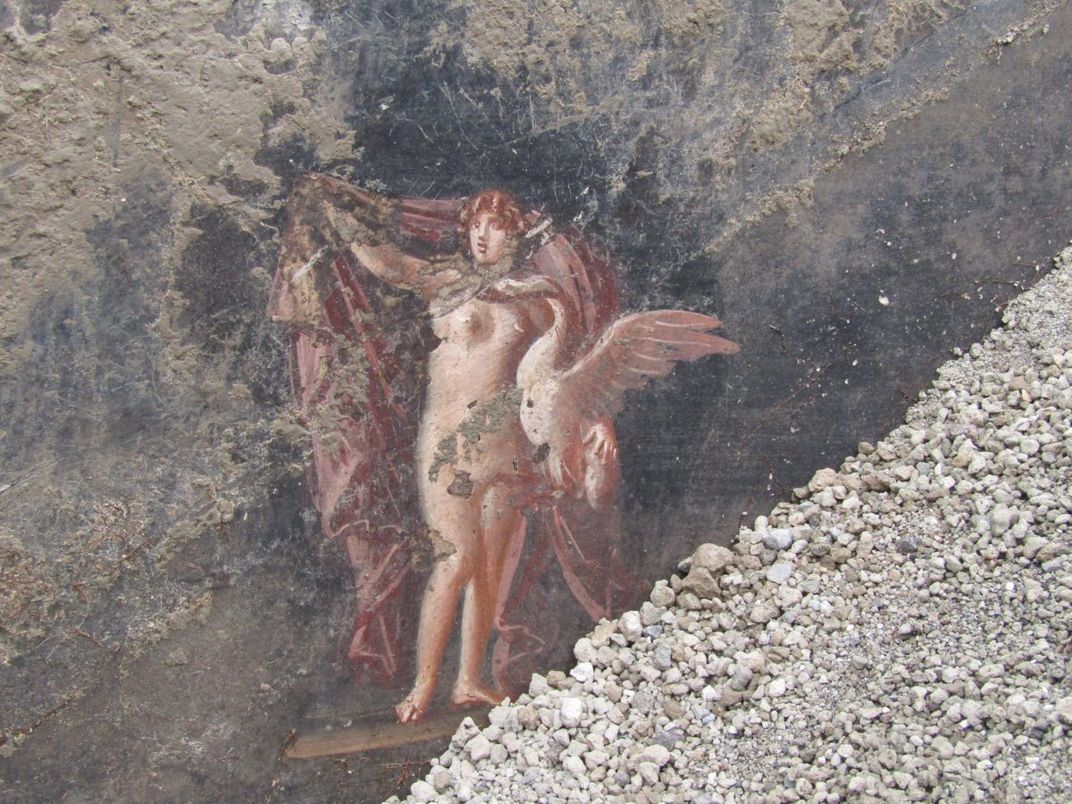Few depictions of ancient Roman life neglect to reference all the time ancient Romans spent at the baths. One gets the impression that their civilization was obsessed with cleanliness, in contrast to most of the societies found around the world at the time, but that turns out hardly to be the case. In fact, bathing seems to have been a secondary activity at Roman baths, which were “places to meet friends, make connections, perhaps even score a dinner invitation”; “places to buy a snack, have a massage, or face the dreaded tweezers of the hair remover”; “places to escape from a harsh and status-driven world; “places to be Roman.”
So says Garrett Ryan, creator of the ancient-history Youtube channel Told in Stone, in the new video above. He might have added that Roman baths were “third places.” Popularized by the late sociologist Ray Oldenburg with the 1989 book The Great Good Place, the concept of the third place stands in contrast to our first and second places, home and work.
A bookstore could be a third place, or a café, or any “hangout” occupying that hard-to-define (and by the late twentieth century in America, hard-to-find) realm between public and private. If it makes you feel connected to the community in which you live — indeed, if it makes you feel like you live in a community at all — it may well be a third place.
Roman baths weren’t just impressive sociologically, but also technologically. Ryan explains their architecture, water supply, heating systems, and cleaning procedures, such as they were. He quotes Marcus Aurelius as describing bath water as “a repulsive blend of oil, sweat, and filth”; in all likelihood, it was “only changed when it became so cloudy that it repelled bathers.” Sanitation practices appear much improved at Hammam Essalihine in Algeria, one of the very few ancient Roman baths in continuous use since its construction. Ryan documents his trip there in the video just above from his other channel Scenic Routes to the Past. Though captivated by the sight of a real Roman bath functioning just as designed, he must have been too consumed by thoughts of antiquity to remember to pack that modern necessity, a swimsuit.
Related content:
The Mystery Finally Solved: Why Has Roman Concrete Been So Durable?
Archaeologists Discover an Ancient Roman Snack Bar in the Ruins of Pompeii
How Toilets Worked in Ancient Rome and Medieval England
Based in Seoul, Colin Marshall writes and broadcasts on cities, language, and culture. His projects include the Substack newsletter Books on Cities and the book The Stateless City: a Walk through 21st-Century Los Angeles. Follow him on Twitter at @colinmarshall or on Facebook.












